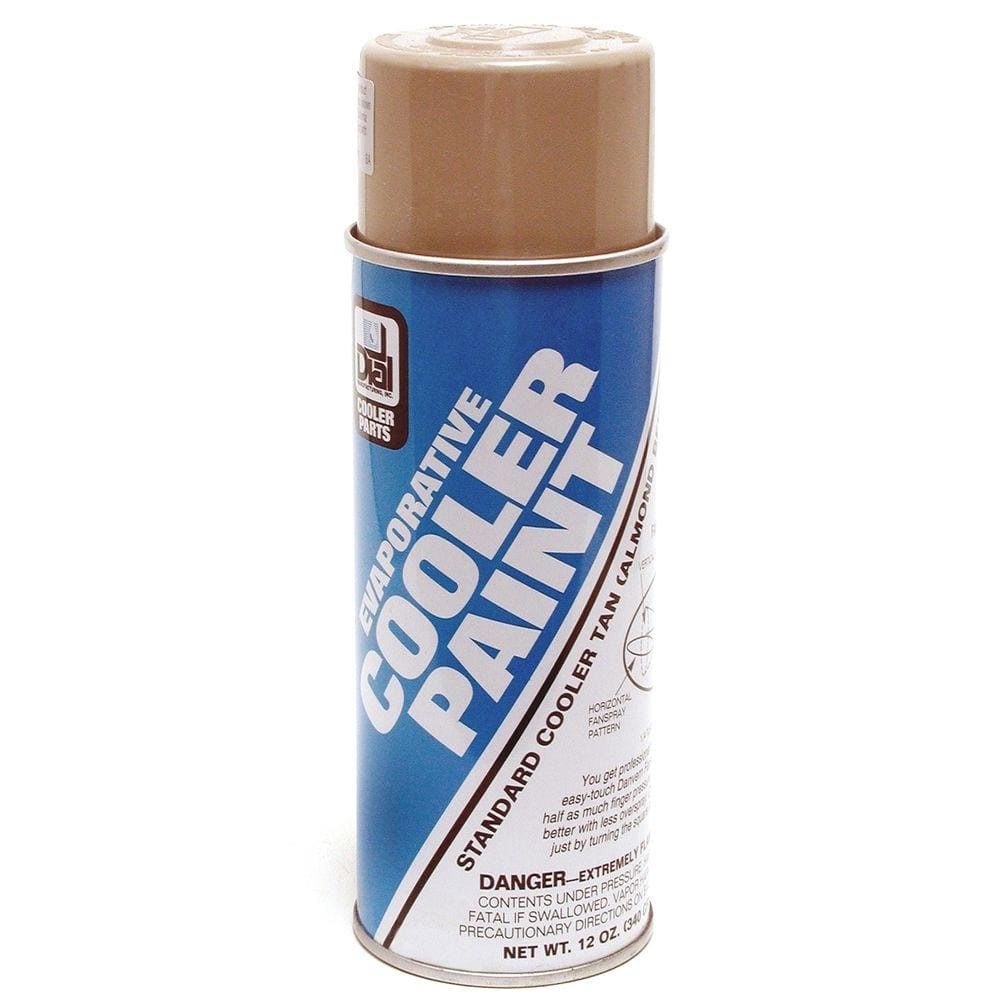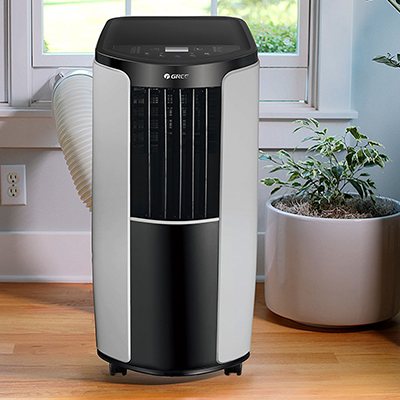What is an Evaporative Cooler
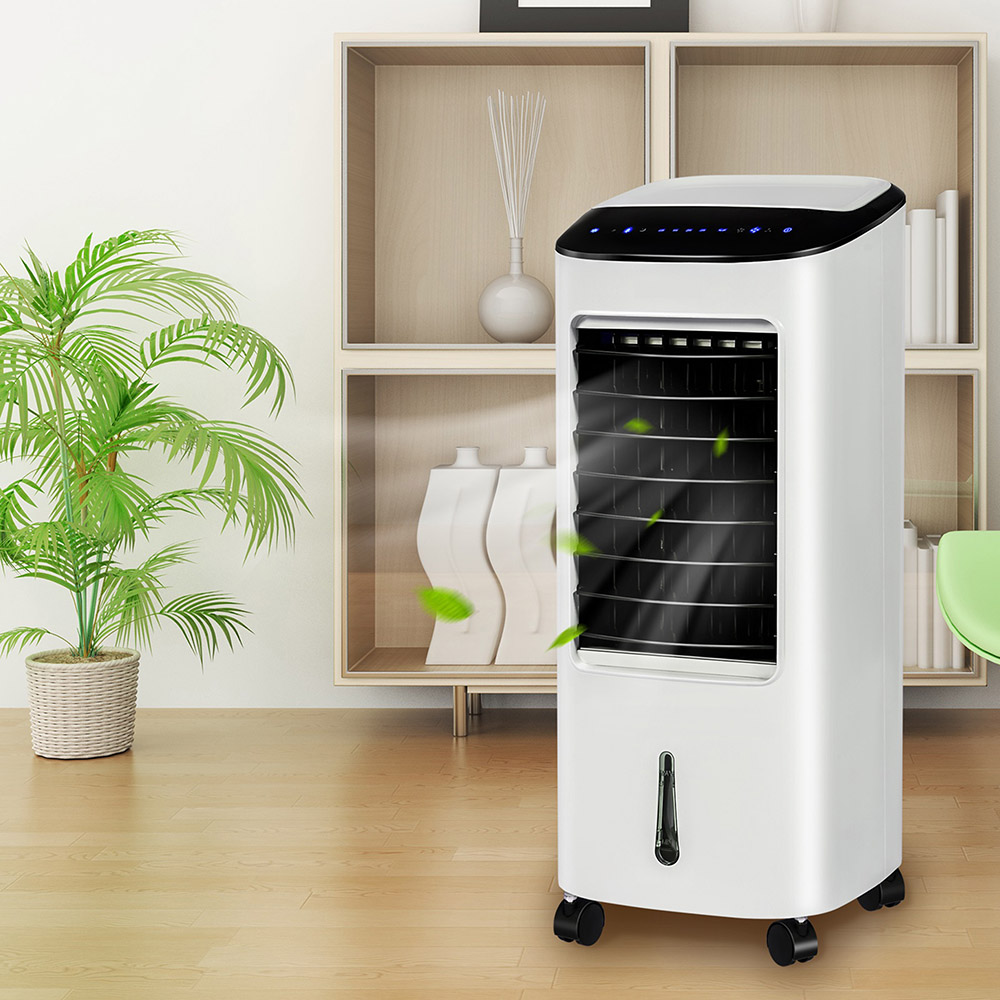
Last updated September 7, 2023
If you live in a hot and dry region, installing an evaporative cooler in your home is a great alternative to an air conditioner. These units are an energy-efficient way to cool your home while infusing the air with moisture. Most are easy to self-install and operate quietly so you hardly notice they’re running.
This guide will answer the question, "What is an evaporative cooler?"
Table of Contents
What is an Evaporative Cooler
How Does an Evaporative Cooler Work
Evaporative Cooler vs. Air Conditioner
Evaporative Cooler Types
What is an Evaporative Cooler
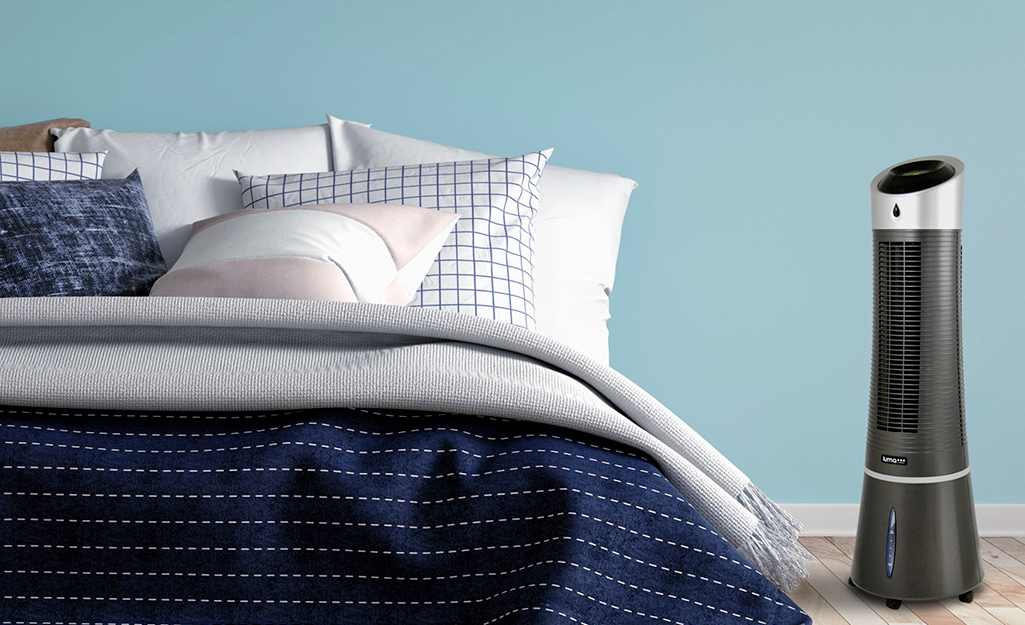
The terms “swamp cooler” and “evaporative cooler” are often used interchangeably. Also referred to as "desert" or "wet air" coolers, these coolers are most popular in drier regions. Evaporative coolers are designed to circulate evaporated water through the air. This cools and adds moisture to the room or surrounding area and is a cost-efficient climate control method.
Evaporative coolers use very little energy, making them an environmentally friendly option for many homes. Installing one is a great way to keep indoor air fresh and cool, especially with the windows open. However, if they are not properly cleaned and maintained, a marshy or swamp-like odor can begin to develop. Changing the pads at least twice a season helps avoid this issue.
How Does an Evaporative Cooler Work
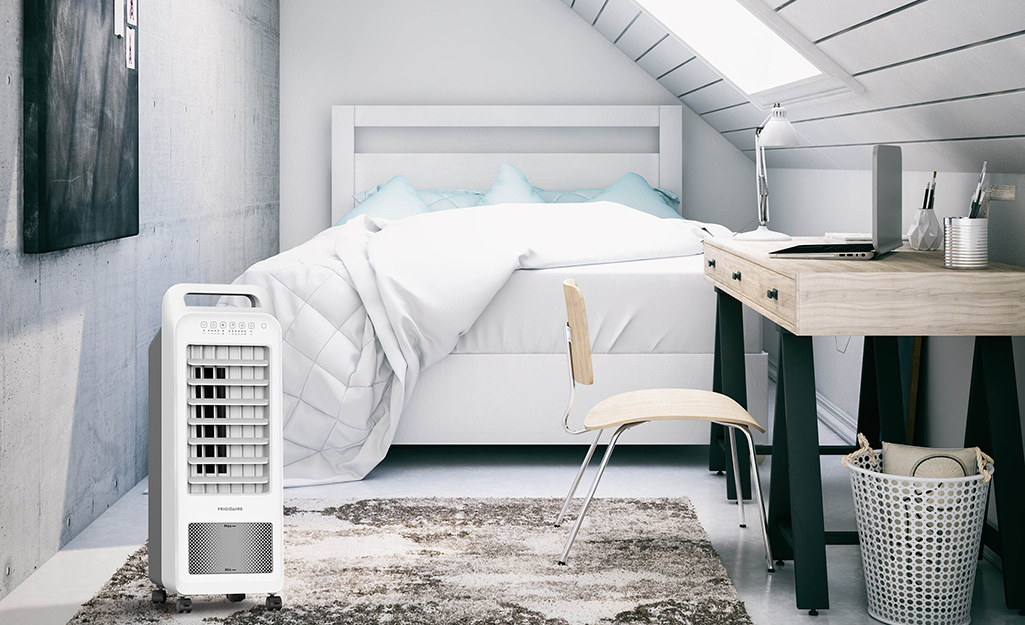
An evaporative cooler works by reducing the nearby air temperature using evaporated water. The unit includes a fan, water tank and internal motor, which passes dry air through a wet, internal filter pad. The air is quickly cooled and circulated throughout the room. Opening nearby windows helps renew the air every few minutes and keeps the breeze fresh.
Since evaporative coolers require dry, hot air for optimal function, they are best suited for warm and arid climates. In the U.S., they are most popular in southwestern states like Arizona and New Mexico. During the winter months, the cooler should be fully drained and disconnected. It should be covered and stored in an enclosed area.
Evaporative Cooler vs. Air Conditioner
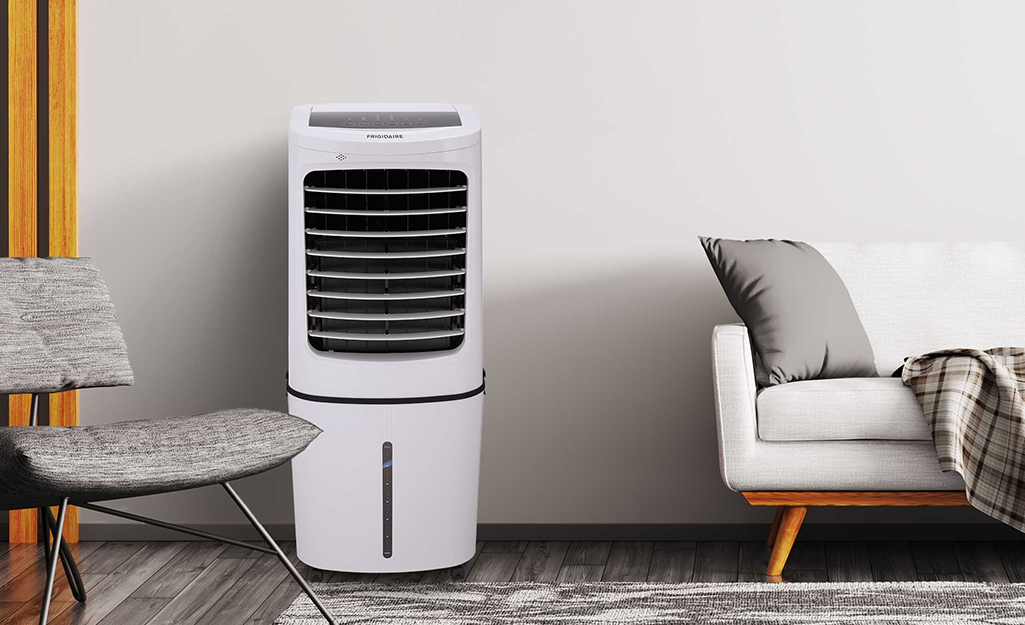
Evaporative coolers differ from air conditioners in several ways. Instead of recirculating stagnant air,
evaporative coolers pull fresh air from open windows nearby. They generally require less maintenance. They’re also also less expensive to install.
Running an air conditioner costs more than operating an evaporative cooler. However, air conditioners will work in any climate.
Swamp coolers require a hot and dry climate to run efficiently. Unlike air conditioners, their performance quality is not compromised by open windows and doors.
Both swamp coolers and air conditioners are available as a large, central system or as window units. It’s important to note that swamp coolers add moisture, whereas air conditioners remove it. For this reason, it’s not fitting to use both in the same home. There are many pros and cons to both cooling systems. Assess your situation to choose the one that best fits your needs.
Evaporative Cooler Types
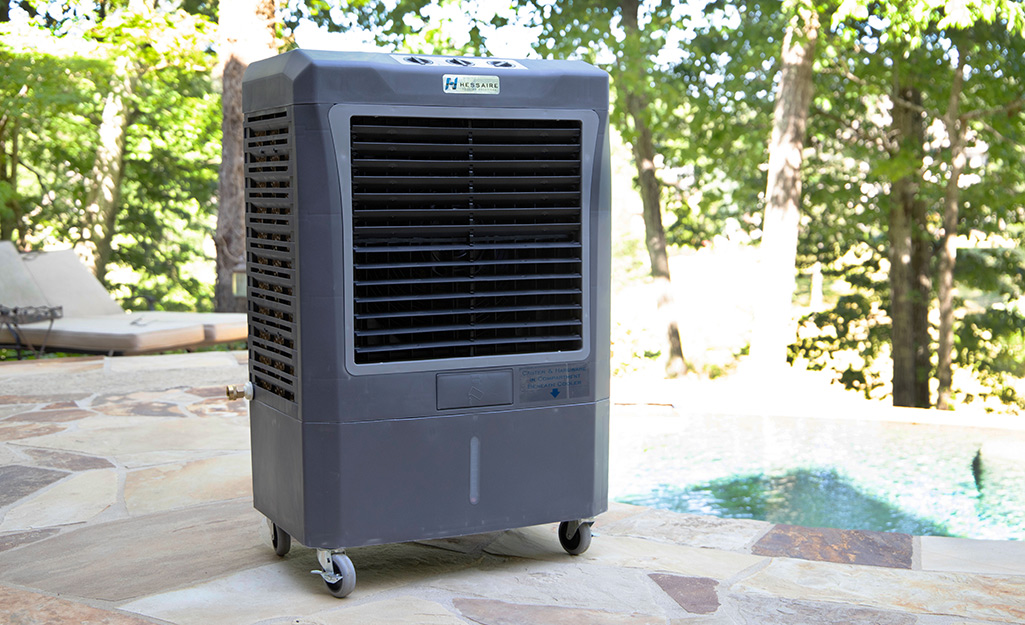
There are many sizes and types of evaporative coolers available:
Small Evaporative Coolers
- Portable by design
- Indoor and outdoor options available, including window evaporative coolers
- Smaller water tank
Large Evaporative Coolers
- Designed for large-scale cooling solutions
- Whole-house swamp coolers are usually placed outside the home. These include roof evaporative coolers.
- Professional installation recommended
- Designed to cool the immediate area
- Smaller than standard window and indoor units
- Easy to carry from room to room
An evaporative cooler can be a cost-effective option for cooling a home in an area where the air is hot and dry. A portable evaporative cooler can be used to lower the temperature in a single room. Window units and whole-house systems are also available.
Ready to get an evaporative cooler for your home? The Home Depot delivers online orders when and where you need them.





